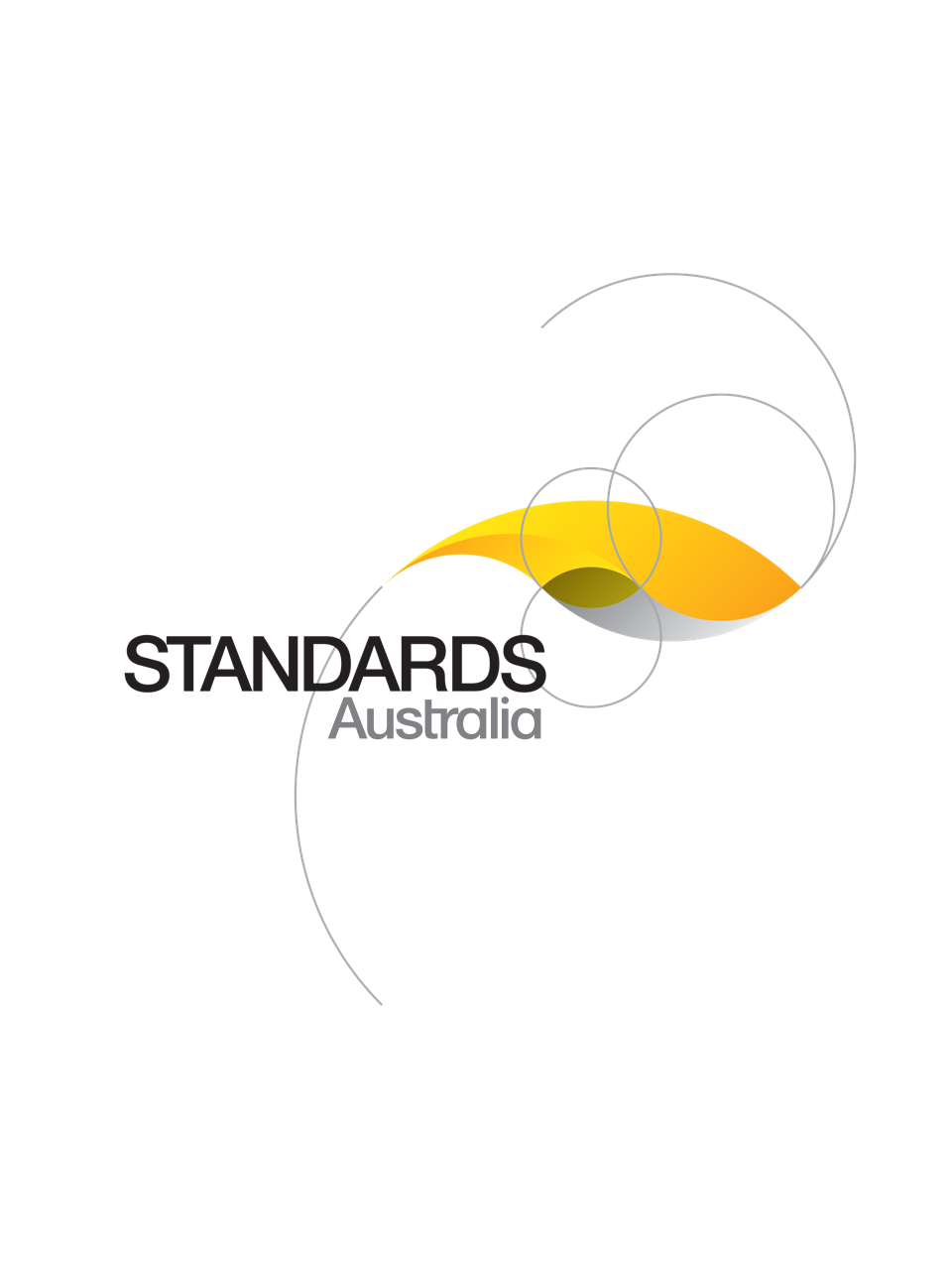Standard
Track updates
AS/NZS ISO/IEC/IEEE 42010:2023
[Current]AS/NZS ISO/IEC/IEEE 42010:2023 identically adopts ISO/IEC/IEEE 42010:2022 which specifies requirements for the structure and expression of an architecture description (AD) for various entities, including software, systems, enterprises, systems of systems, families of systems, products (goods or services), product lines, service lines, technologies and business domains.
Published: 29/09/2023
Pages: 65
Table of contents
Cited references
Content history
Table of contents
Header
About this publication
Preface
Foreword
Introduction
1 Scope
2 Normative references
3 Terms and definitions
4 Conformance
5 Conceptual foundations
5.1 General
5.2 Conceptual models of an architecture description
5.2.1 Context of architecture description
5.2.2 Architectures and architecture descriptions
5.2.3 Stakeholders and concerns
5.2.4 Stakeholder perspectives
5.2.5 Aspects
5.2.6 Architecture considerations
5.2.7 Architecture views and architecture viewpoints
5.2.8 Model kinds, legends and architecture view components
5.2.9 Architecture description (AD) elements
5.2.10 View methods
5.2.11 AD element correspondence
5.2.12 Architecture decisions and rationale
5.3 Architecture description in the life cycle
5.4 Architecture description frameworks and languages
5.4.1 General
5.4.2 Architecture description frameworks
5.4.3 ADF utilization
5.4.4 Architecture description languages
6 Specification of an architecture description
6.1 Architecture description identification and overview
6.2 Identification of stakeholders
6.3 Identification of stakeholder perspectives
6.4 Identification of concerns
6.5 Identification of aspects
6.6 Inclusion of architecture viewpoints
6.7 Inclusion of architecture views
6.8 Inclusion of view components
6.9 Recording of architecture correspondences
6.9.1 Consistency within an architecture description
6.9.2 Correspondences
6.9.3 Correspondence methods
6.10 Recording of architecture decisions and rationale
6.10.1 Decision recording
6.10.2 Rationale recording
7 Architecture description frameworks and architecture description languages
7.1 Specification of an architecture description framework
7.1.1
7.1.2
7.2 Specification of an architecture description language
8 Architecture viewpoints and model kinds
8.1 Specification of an architecture viewpoint
8.2 Specification of a model kind
8.3 View methods
Annex A
A.1 General
A.2 Entities and their architectures
A.3 Concerns
A.4 Aspects and perspectives
A.4.1 General
A.4.2 Aspects
A.4.3 Stakeholder perspectives
A.4.4 Structuring formalisms and structural categories
A.4.5 Relationship between aspect and stakeholder perspective
A.4.6 Complementary ADF approaches
A.5 Architecture views and viewpoints
A.6 Correspondences
A.7 Perspectives on architecture description languages
Annex B
B.1 General
B.2 Template for documenting specification of architecture viewpoints
B.2.1 Template overview
B.2.2 Architecture viewpoint name
B.2.3 Architecture viewpoint overview
B.2.4 Concerns
B.2.5 Stakeholder perspectives
B.2.6 Aspects
B.2.7 Typical stakeholders
B.2.8 Correspondence methods
B.2.9 Specification of model kinds
B.2.9.1 General
B.2.9.2 Metamodel related to the specification of a model kind
B.2.9.3 Templates of specifications of model kinds
B.2.9.4 Language related to the specification of a model kind
B.2.10 View methods
B.2.11 Examples
B.2.12 Notes
B.2.13 Sources
B.3 Resources for specifications of architecture viewpoints
Annex C
C.1 General
C.2 Use with ISO/IEC/IEEE 42020
C.3 Use with ISO/IEC/IEEE 42030
C.4 Use with ISO 15704
C.5 Use with ISO/IEC/IEEE 12207
C.6 Use with ISO/IEC/IEEE 15288
C.7 Use with open distributed processing standards
C.7.1 General
C.7.2 Enterprise viewpoint
C.7.3 Information viewpoint
C.7.4 Computational viewpoint
C.7.5 Engineering viewpoint
C.7.6 Technology viewpoint
Annex D
D.1 General
D.2 Uses of architecture descriptions
Annex E
E.1 General
E.2 Architecting in the life cycle
Annex F
F.1 General
F.2 Evolution of ADFs
F.3 ADF concepts
F.3.1 ADF domains
F.3.2 Identification of stakeholders and definition of their perspectives
F.3.3 Definition of aspects
F.3.4 Specification of architecture viewpoint
F.3.5 Specification of formalisms and languages
F.4 Compliance with ADF requirements
Bibliography
IEEE Notices and Abstract
Cited references in this standard
Content history
[Current]
[Superseded]
DR AS/NZS ISO/IEC/IEEE 42010:2023
